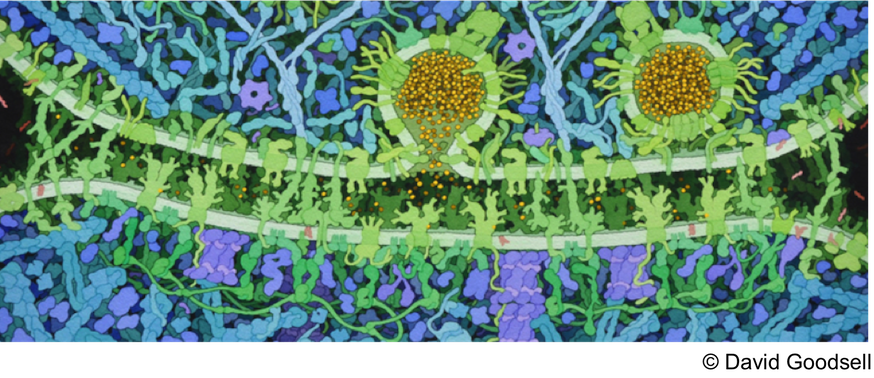The use of peptides for pharmaceutical purposes is constantly increasing because methods to enhance bioavailability have greatly improved, in particular with the use of various kinds of chemical modifications. We place ourselves in the strategy of inhibition of dimer formation and therefore in the perspective of modulation of the activity of the complex. Self-extracted peptides from one chain of the interface of a protein-protein complex can bind to their partner and hence compete with the formation of this complex. Their ability to mimic their embedded conformation when they are free makes them good candidates to inhibit these interactions. Moreover, their cyclization and chemical modifications are promising pathways to stabilize these highly flexible molecules in a conformation close to the ones in the complex. For those reasons, the study of conformational and chemical properties of peptides, alone and with their targets, is crucial for drug design.
The first step of the present study is the exploration of the peptide's energy landscape in order to find the local minima (more stable conformations) and the transition paths between them. We are currently developing a faster exploration approach than classical simulation methods. To do so, we use a mechanistic representation of the cyclic peptide which allows us to use algorithms taken from robotics for conformational sampling, like the inverse kinematics algorithm for loop closure. Our method can also treat D-form and N-methylated amino acids. In order to validate our approach, we sampled the conformational landscape of a set of 19 cyclic RGD designed pentapeptides [1][2]. An exhaustive description of these peptides has been made by complete enumeration of the backbone dihedral angles, phi and psi. We compared our results to those obtained with Replica Exchange Molecular Dynamics simulations.
[1] Wakefield, A. E., W. M. Wuest, and V. A. Voelz. "Molecular Simulation of Conformational Pre-Organization in Cyclic RGD Peptides." Journal of chemical information and modeling 55.4 (2015): 806-813.
[2] Mas‐Moruno, C., Beck, J. G., Doedens, L., Frank, A. O., Marinelli, L., Cosconati, S., ... & Kessler, H. (2011). Increasing αvβ3 Selectivity of the Anti‐Angiogenic Drug Cilengitide by N‐Methylation. Angewandte Chemie International Edition, 50(40), 9496-9500.

 PDF version
PDF version
